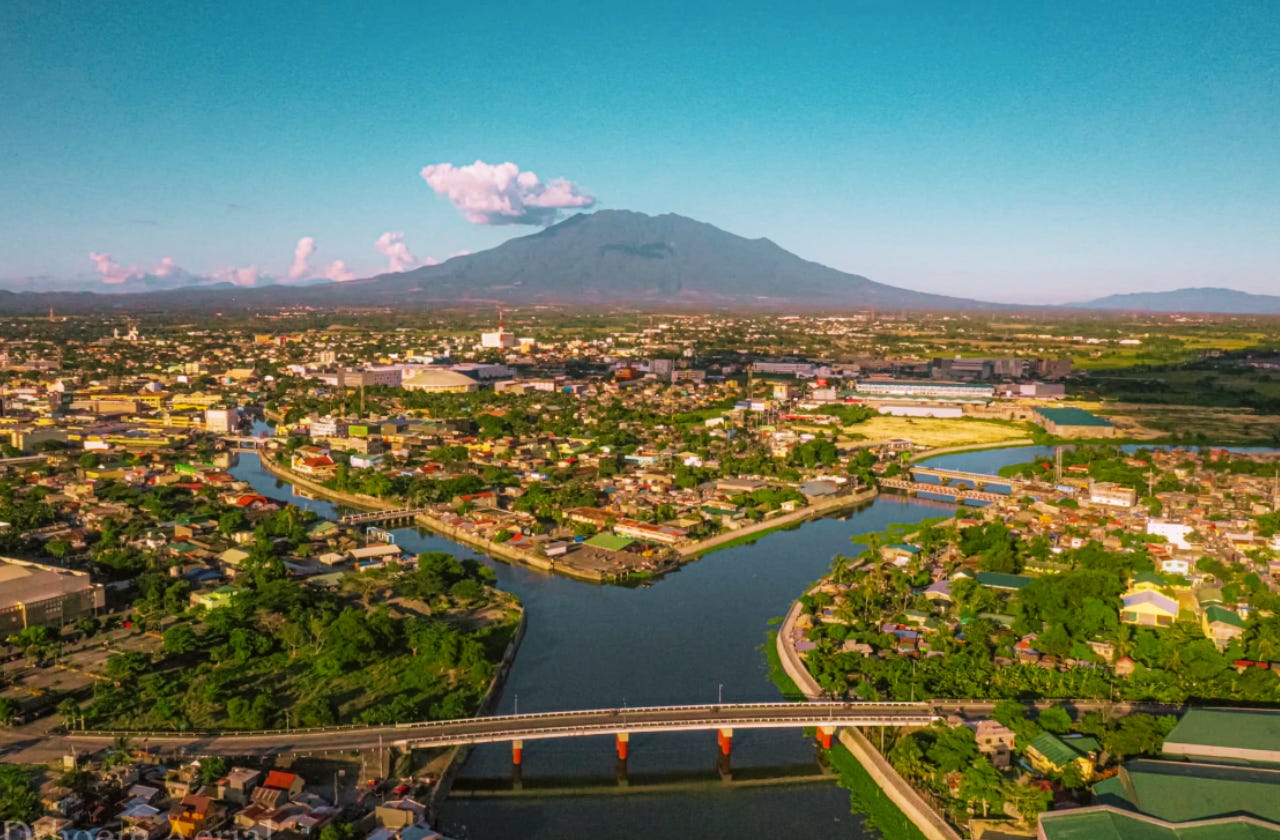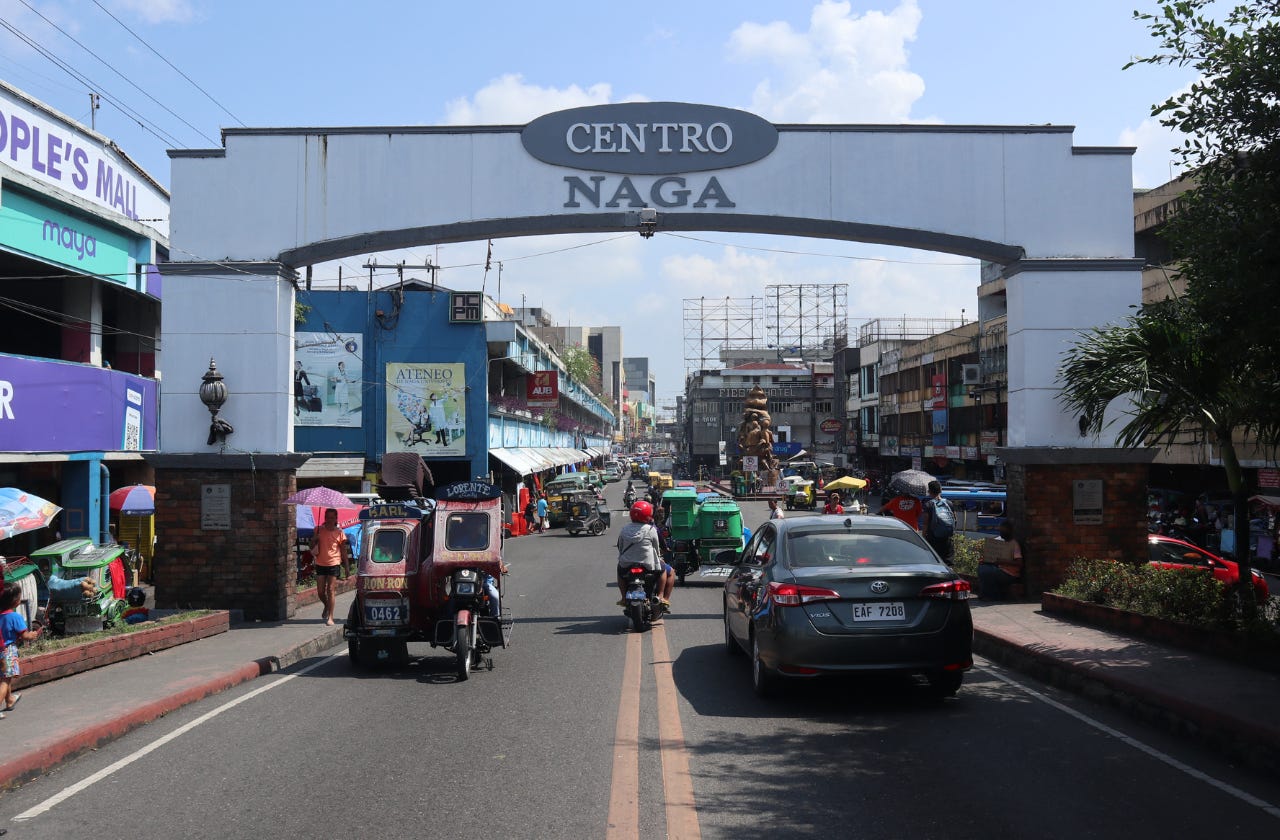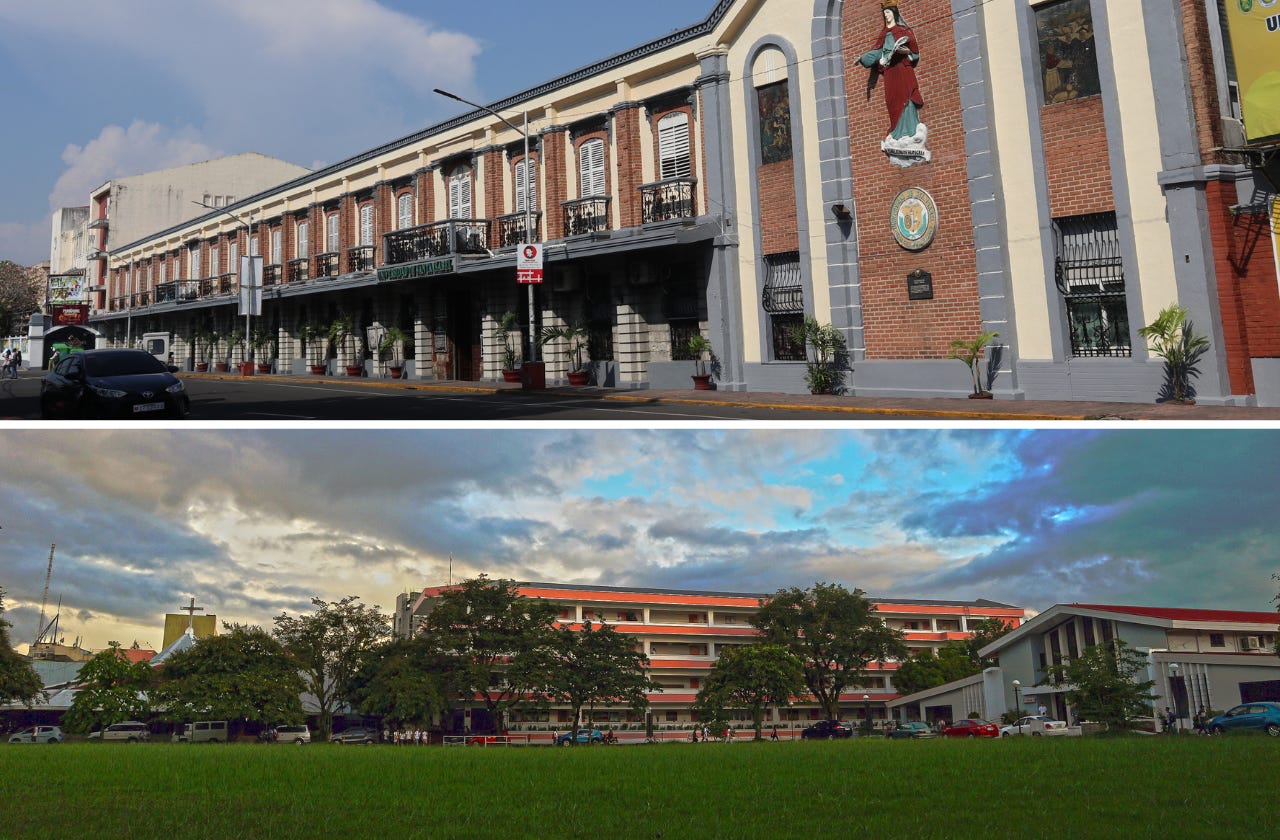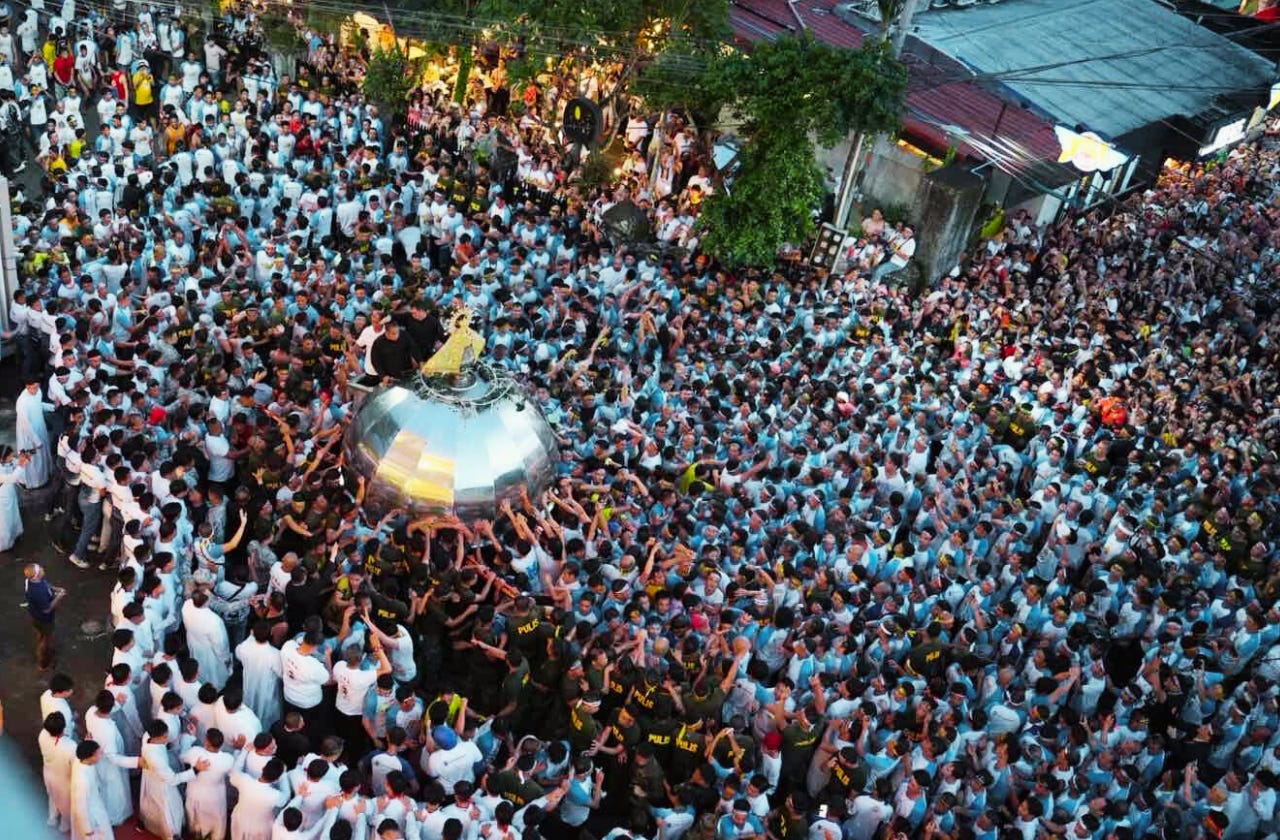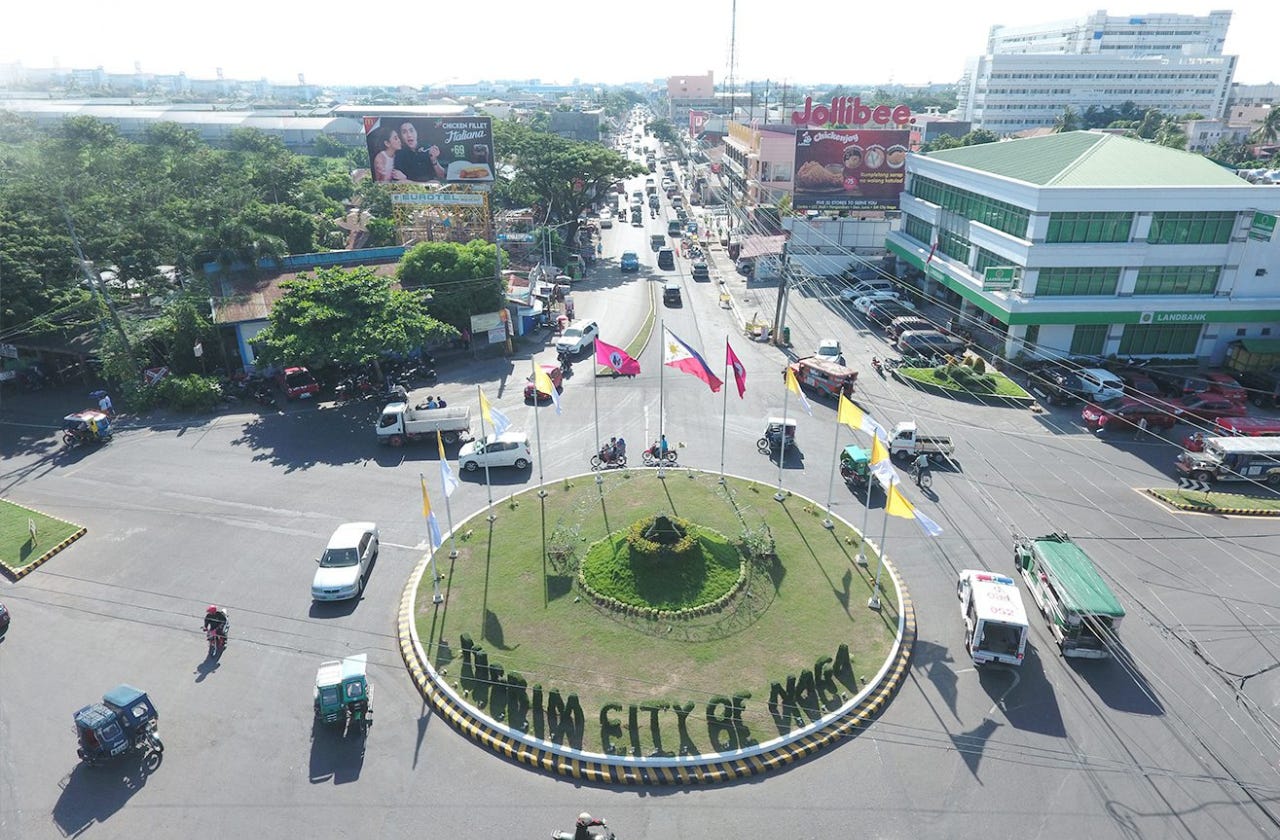Naga City: The Heart of Bicol
A pilgrim city at the heart of Bicol’s faith, culture, and progress.
Locals lovingly and accurately call it "An Maogmang Lugar," which means "The Happy Place." Many facets of this happy place can be explored and may be the subject of another article.
To understand these many different facets, one has to spend some time in the place and come to the same conclusion: Naga City is Maogmang Lugar. It is not just a city. It is where history, economy, learning, and deep faith are found and experienced, truly making it the undeniable heart of Bicol.
Long before the Spanish even dreamed of setting foot on these shores, the area around Naga was already a bustling community nestled by the Naga River, surrounded by an abundance of narra trees.
These strong, proud trees were locally called "naga." The locality was named after these trees, and the enduring "naga" became a thriving hub, thanks to the river, which acted like an ancient highway for trade and connection.
From Nueva Caceres to Naga
Then, in 1573, a Spanish explorer named Captain Juan de Salcedo stumbled upon this vibrant place. Two years later, in 1575, Captain Pedro de Chávez officially set up a Spanish city across the river from the native village. He grandly named it "Ciudad de Nueva Cáceres," honoring Governor-General Francisco de Sande, who hailed from a town called Cáceres back in Spain.
This move was a big deal; it made Nueva Cáceres one of the first royal cities the Spanish founded in the East, alongside famous places like Manila, Cebu, and Iloilo. For over three centuries, this new city, a blend of indigenous life and colonial power, served as the main capital for the entire Ambos (both) Camarines provinces, and later, Camarines Sur. It became a powerhouse for government, business, and even the Church.
Interestingly, it wasn’t until 1919 that the city finally shed its Spanish colonial name and proudly returned to its original, more personal title: Naga. Then, on a significant day in 1948, December 15th, it officially became an independent chartered city.
This evolution, littered with ups and downs, enriched Naga’s history and shaped the city into "maogmang lugar," a strong, culturally rich, and welcoming place that it is today.
The Heart of Bicol
The "Heart of Bicol" is a nice title and a convenient truth. The city of Naga sits almost perfectly in the middle of the Bicol Peninsula, right where the Naga River and Bicol River meet. This spot has always been ideal for trade, just as it was centuries ago. Even now, it’s like a magnet, pulling in people and goods from all over the region.
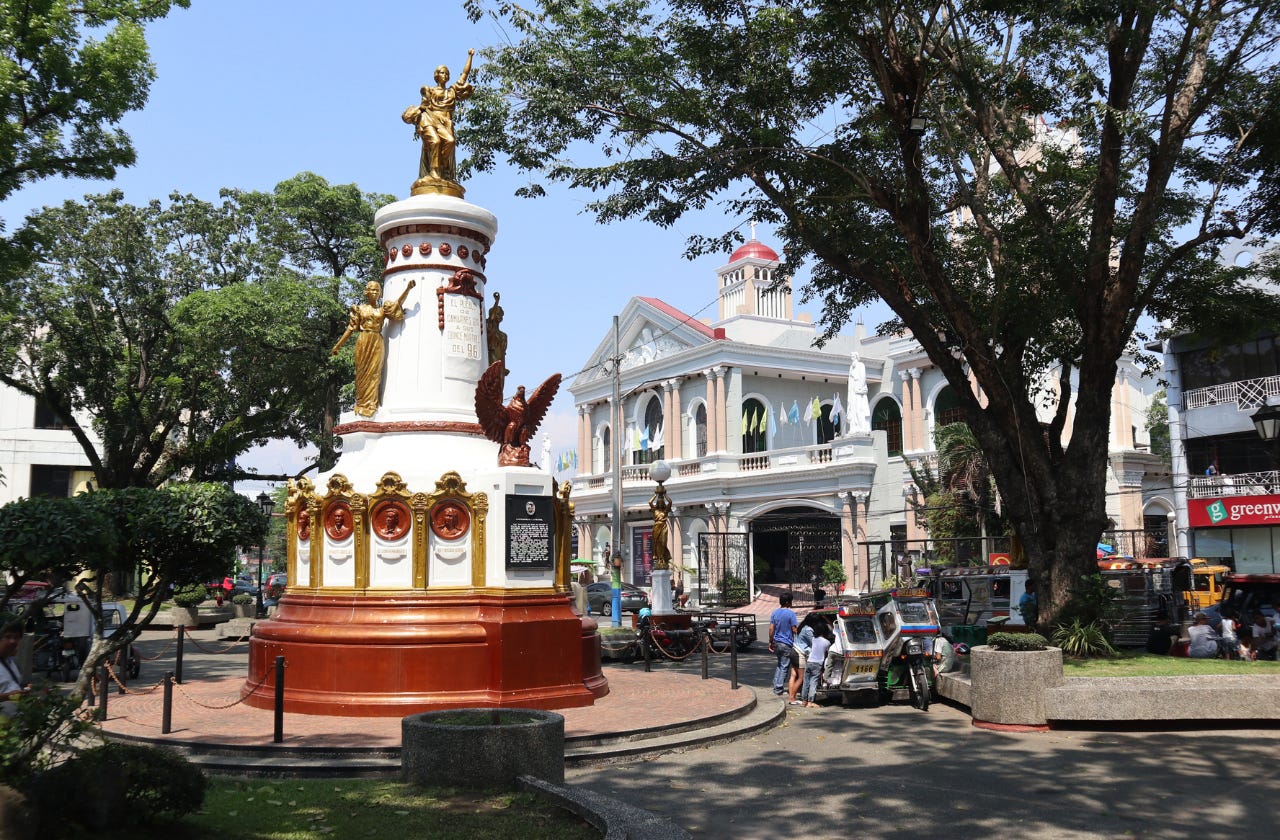
Today, Naga is undeniably the central hub for everything from shopping and business to education and faith. More companies may be found here than anywhere else in Bicol, and it is often the first choice for big companies setting up their regional offices.
This economic buzz is hard to miss – lively markets, modern malls, and services that cater to everyone abound. People from neighboring towns and provinces flock to Naga for work, to buy supplies, or to get things done. Its proximity to the towns and provinces around it, being geographically the center, makes it the most convenient and important stop in Bicol.
A Center of Learning
But Naga isn't just about business; it’s also a fine foundation for learning. It proudly holds the title of Bicol’s "Education Center," a reputation it has carefully built over centuries.
One of the oldest schools in the Philippines was established in Naga City. The Holy Rosary Seminary was founded here in 1793. Many priests and religious leaders graduated from this seminary, some of whom became significant figures in Philippine history. Likewise, in 1868, Colegio de Sta. Isabel (now known as Universidad de Sta. Isabel) opened its doors and became the first normal school for women in Asia!
Today, Naga is still brimming with excellent universities and colleges, like the respected Ateneo de Naga University and the University of Nueva Caceres. These schools draw students from far and wide, consistently producing bright minds and helping to shape the intellectual future of the region.
The Pilgrim City
Naga City is also known as the "Pilgrim City" of the Philippines, all thanks to its profound devotion to Our Lady of Peñafrancia. This devotion goes back hundreds of years.
It is the heart of one of Asia’s largest and oldest Marian pilgrimages. The month of September is probably the busiest in the city when throngs of devotees come to Naga to witness the solemn Traslacion procession, where the image of the Blessed Virgin "Ina" (mother) is carried on the shoulders of barefooted male devotees (Voyadores) from the Basilica Minore to the Naga Metropolitan Cathedral.
Visitors also come for the fluvial procession along the Naga River, another big event during the Peñafrancia Festival. The festival exhibits the community spirit and the deep faith of the Nagueños and the Bicolanos.
The Traslacion for this year was held today while the fluvial procession will take place next Saturday, September 20th.
Naga Today
In many ways, while the city has shed its provincial appearance that I remember from my childhood, replacing it with modern condominium buildings, malls, and wider streets filled with contemporary cars, it still has the same vibrant energy I recall from my early years.
The people have preserved their values and traditions throughout this evolution. Most importantly, it remains a joyful place that echoes of centuries past, beautifully mixed with the buzz of today’s progress.
Its perfect location, lively economy, strong schools, and profound religiosity are why it is the Heart. Naga City offers a rich combination of history and culture, a taste of authentic Bicolano flavors, and a chance to witness powerful religious traditions. Naga City is not just a destination but an experience of a beating heart.



